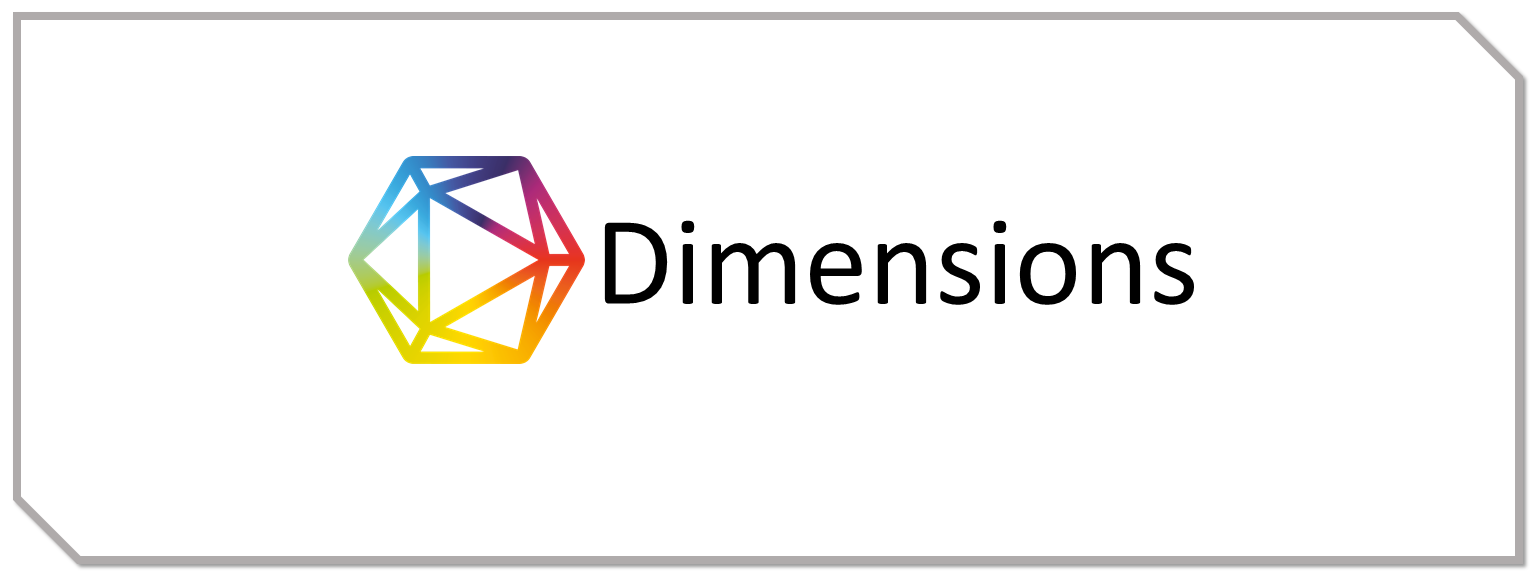Enhancing Critical Thinking in Business Education through AI-Assisted Learning of Value-Based Pricing
DOI:
https://doi.org/10.51903/manajemen.v5i1.952Keywords:
Artificial Intelligence, Critical Thinking, Value-Based Pricing, Decision Making, Pricing Strategy, Data AnalyticsAbstract
The development of Artificial Intelligence (AI) has brought a significant impact in various fields, including pricing strategies. Value-Based Pricing as an approach that focuses on the perception of customer value is now increasingly optimized through the integration of AI technology. The study aims to explore how AI can support value-based decision-making through complex data processing and predictive analytics, as well as how critical thinking skills remain a key competency in interpreting results and establishing sustainable pricing strategies. This approach emphasizes the importance of synergy between technological sophistication and human cognition, in order to produce decisions that are not only efficient but also ethical and value-oriented in the long term. The results of this study show that the application of AI in Value-Based Pricing can improve the accuracy and speed of analysis, but still requires an active role of critical thinking in the context of interpretation and strategic decision-making.
References
[1] Mandai, M., Kato, H., & Sakamoto, T. (2024). Generative AI’s Impact on Critical Thinking. SAGE Open, 14(1), 1-12. https://us.sagepub.com/en-us/nam/social-media-society/journal202332
[2] Lee, J., Kim, Y., & Lee, H. (2025). The Impact of Generative AI on Critical Thinking: Self-Reported Evidence from Knowledge Workers. Proceedings of the 2025 CHI Conference on Human Factors in Computing Systems, 1-12. https://www.microsoft.com/id-id
[3] Wang, S., Wang, F., Zhu, Z., Wang, J., Tran, T., & Du, Z. (2024). Artificial intelligence in education: A systematic literature review. Expert Systems with Applications, 185, 124167. https://www.sciencedirect.com/
[4] Essel, H., Boateng, R., & Osei, R. (2024). Risks of AI-Assisted Learning on Student Critical Thinking: A Case Study of Albania. International Journal of Educational Technology in Higher Education, 21(1), 1-15. https://www.igi-global.com/
[5] Guan, C., Mou, J., & Jiang, Z. (2020). Artificial intelligence innovation in education: A twenty-year data-driven historical analysis. International Journal of Innovation Studies, 4(4), 134-147 https://www.sciencedirect.com/
[6] Vargas-Murillo, A. R., de la Asuncion Pari-Bedoya, I. N. M., & de Jesús Guevara-Soto, F. (2023). Challenges and Opportunities of AI-Assisted Learning: A Systematic Literature Review on the Impact of ChatGPT Usage in Higher Education. International Journal of Learning, Teaching and Educational Research, 22(7), 122-135. https://www.semanticscholar.org/paper/Development-of-Digital-Student-Worksheet-Based-on-Sekarningrum-Ellianawati/0efd7b31f43e01b159e1e9848101df4c010a9cfd
[7] Wang, N. C. (2025). Scaffolding Creativity: Integrating Generative AI Tools and Real-world Experiences in Business Education. arXiv preprint arXiv:2501.06527.
[9] Stampfl, R., Geyer, B., Deissl-O'Meara, M., & Ivkić, I. (2024). Revolutionising Role-Playing Games with ChatGPT. arXiv preprint arXiv:2407.02048. https://arxiv.org
[10] Yuan, B., & Hu, J. (2024). Generative AI as a Tool for Enhancing Reflective Learning in Students. arXiv preprint arXiv:2412.02603. https://arxiv.org
[11] Essien, A., Bukoye, O. T., O'Dea, X., & Kremantzis, M. (2024). The influence of AI text generators on critical thinking skills in UK business schools. Studies in Higher Education, 1-15. https://www.tandfonline.com/
[12] Melisa, R., Ashadi, A., Triastuti, A., Hidayati, S., Salido, A., Luansi Ero, P. E., Marlini, C., Zefrin, Z., & Al Fuad, Z. (2025). Critical Thinking in the Age of AI: A Systematic Review of AI's Effects on Higher Education. Education and Philosophy Journal, 14(1), e2025031. https://www.edupij.com/
[13] Gans, J., & Bryan, K. (2025). Business schools ease their resistance to AI. Financial Times. https://www.ft.com/
[14] Lu, H. (2025). AI doesn't shortchange learning. It enhances it. San Francisco Chronicle. https://www.sfchronicle.com/
[15] Higher Education Policy Institute. (2025). Students must learn to be more than mindless 'machine-minders'. HEPI Report. https://www.ft.com/
[16] Major, K., & Chiarelott, C. (2023). Slow Down: Generative AI, Faculty Reactions, and the Role of Critical Thinking in Writing Instruction. Double Helix: A Journal of Critical Thinking and Writing, 1(1), 1-15. https://www.wikipedia.org/
[17] Girdharry, K., & Khachatryan, D. (2023). Meaningful Writing in the Age of Generative Artificial Intelligence. Double Helix: A Journal of Critical Thinking and Writing, 1(2), 16-30. https://www.wikipedia.org/
[18] De Matas, J. (2023). ChatGPT and the Future of Writing about Writing. Double Helix: A Journal of Critical Thinking and Writing, 1(3), 31-45. https://www.wikipedia.org/
[19] Lindberg, N., & Domingues, A. (2024). 2024 Report on AI Writing Tools' Impacts on Writing Centers. Writing Center Journal, 44(1), 1-20. https://www.wikipedia.org/
[20] Werse, N. R. (2023). What Will Be Lost? Critical Reflections on ChatGPT, Artificial Intelligence, and the Value of Writing Instruction. Double Helix: A Journal of Critical Thinking and Writing, 1(4), 46-60. https://www.wikipedia.org/
[21] Roose, K. (2023). Don't Ban ChatGPT in Schools. Teach With It. The New York Times. https://www.wikipedia.org/











.png)
